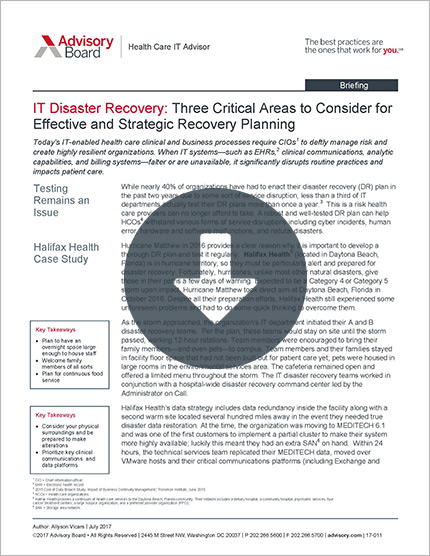As doctors and nurses at Broward Health North hospital worked to treat victims of last week's mass shooting, hospital staff received word that another patient was inbound: the alleged gunman, Sheri Fink reports for the New York Times.
Law enforcement authorities believe that 19-year-old Nikolas Cruz—a former student who reportedly had been expelled from Marjory Stoneman Douglas High School in Parkland, Florida, for disciplinary reasons—on Wednesday entered the school and open fire, killing 17 people and wounding at least 15 others.
Seven students and one teacher were taken to Broward Health North for treatment, two of whom—the teacher and one student—were pronounced dead at the hospital. As of Monday, two victims of the shooting remained hospitalized in fair condition, the Fink reports.
Treating the suspect
About an hour after Broward Health North started receiving patients, the hospital received word that Cruz, the alleged shooter, was being taken to the hospital for treatment. That's "unusual" in mass shooting cases, Fink reports, as gunmen in such cases commonly die by suicide or are killed in a shootout.
Hospital staff quickly made arrangements to treat Cruz discreetly. Igor Nichiporenko, trauma director at Broward Health North, said, "They called in with a gunshot wound." Nichiporenko added that Cruz "stated that he was shot, so everybody thought he was injured."
Cruz was taken in through a back entrance and treated in a secluded section of the ED, "where no families or relatives of the victims could have any access whatsoever," Nichiporenko said. "We did it in a way that they wouldn't even know the shooter was in the hospital."
The hospital assigned a team of two doctors—including Nichiporenko—and two nurses to Cruz. "We just picked people we know can stay cool." He added, "We chose the ones who wouldn't get emotional about it."
Upon arrival, Cruz was taken to a critical care room. As part of hospital protocol, his street clothes were cut off so clinicians could locate injuries. However, after examining Cruz, Nichiporenko found no gunshot wounds, Fink reports.
Cruz did not respond to Nichiporenko's questions about his injuries. As such, Nichiporenko said he delegated further care for Cruz to an emergency physician, who cleared him to be released. Nichiporenko estimated that Cruz was discharged after about 40 minutes.
While staff and others in the hospital learned that Cruz was in the hospital, staff stayed focused on treating the injured patients. "We still had a lot of work to do," Nichiporenko said.
Nichiporenko said while staff was upset, he did not hear any staff member say that Cruz should not have been treated. The medical profession's ethical standards require providers to treat patients in emergencies based on need—regardless of other factors. In addition, federal law requires hospitals in the United States to stabilize and treat patients who arrive in the ED.
"Dealing with trauma patients, you're always going to have to deal with the bad guys, too," Nichiporenko said. "You have to be professional and do your job" (Fink, New York Times, 2/20).
How University of Vermont Medical Center's community partnerships are transforming housing and health care for the homeless
Join us for a webconference on Wednesday, Mar. 7 to learn how the University of Vermont Medical Center developed sustainable partnerships with multiple community-based organizations to address their patients’ unmet housing and health care needs. During the webconference, you'll hear from a variety of stakeholders, including live Q&A with Dr. Stephen Leffler, Chief Population Health and Quality Officer.
Don't miss out on the latest Advisory Board insights
Create your free account to access 2 resources each month, including the latest research and webinars.
Want access without creating an account?
You have 2 free members-only resources remaining this month remaining this month.
1 free members-only resources remaining this month
1 free members-only resources remaining this month
You've reached your limit of free monthly insights
Become a member to access all of Advisory Board's resources, events, and experts
Never miss out on the latest innovative health care content tailored to you.
Benefits include:
You've reached your limit of free monthly insights


